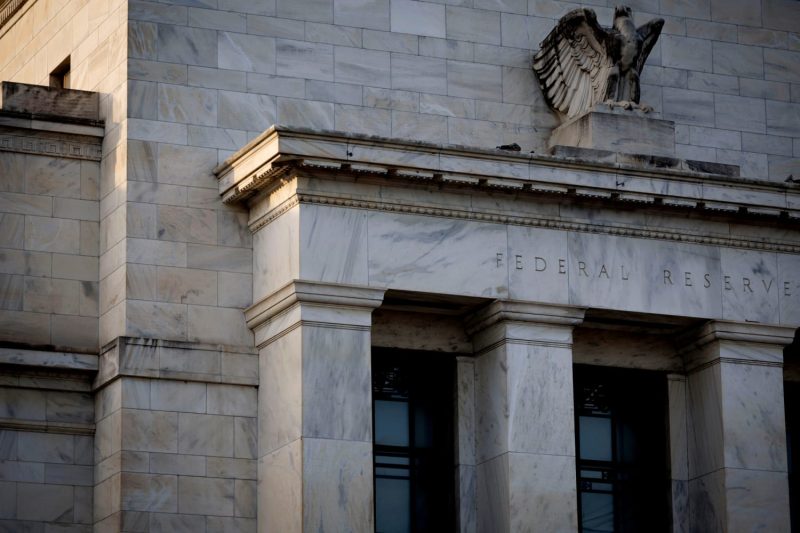The Federal Reserve (Fed) plays a crucial role in maintaining the stability and growth of the US economy. Recently, markets have been eagerly anticipating the Fed to start cutting rates soon. But what exactly are they looking for that signals the need for a rate cut?
1. Inflation Rates: One of the primary indicators that markets are scrutinizing is the inflation rate. Low or stagnant inflation can be a sign of weak demand in the economy, prompting the Fed to consider rate cuts to stimulate spending and investment. The Fed typically aims for a 2% inflation rate as a sign of a healthy economy.
2. Economic Growth: Another key factor that influences the Fed’s decision on rate cuts is the overall economic growth. If the economy shows signs of slowdown or recession, the Fed may opt for rate cuts to boost economic activity. Indicators such as GDP growth, job creation, and consumer spending are closely monitored to assess the need for rate adjustments.
3. Trade Tensions: The ongoing trade tensions between the US and its trading partners have added uncertainty to the global economic outlook. If trade disputes escalate and weigh on economic growth, the Fed may consider rate cuts to mitigate the negative impact on the economy. Markets are closely watching for developments in trade negotiations and their potential implications for the Fed’s policy decisions.
4. Global Economic Conditions: The interconnected nature of the global economy means that events and developments in other countries can have implications for the US economy. Weakness in major economies or geopolitical risks can prompt the Fed to take preemptive measures through rate cuts to safeguard against potential spillover effects on the US economy.
5. Market Expectations: Market expectations and sentiment also play a significant role in shaping the Fed’s decisions on interest rates. If investors and analysts anticipate rate cuts based on economic data and developments, the Fed may align its policy actions to manage market expectations and maintain confidence in the economy.
In conclusion, the clamoring in the markets for the Fed to start cutting rates soon is driven by a combination of factors ranging from inflation and economic growth to trade tensions and global economic conditions. By closely monitoring these indicators and developments, market participants aim to anticipate the Fed’s next moves and position themselves accordingly. The Fed’s response to these factors will be critical in shaping the trajectory of the US economy in the coming months.




























